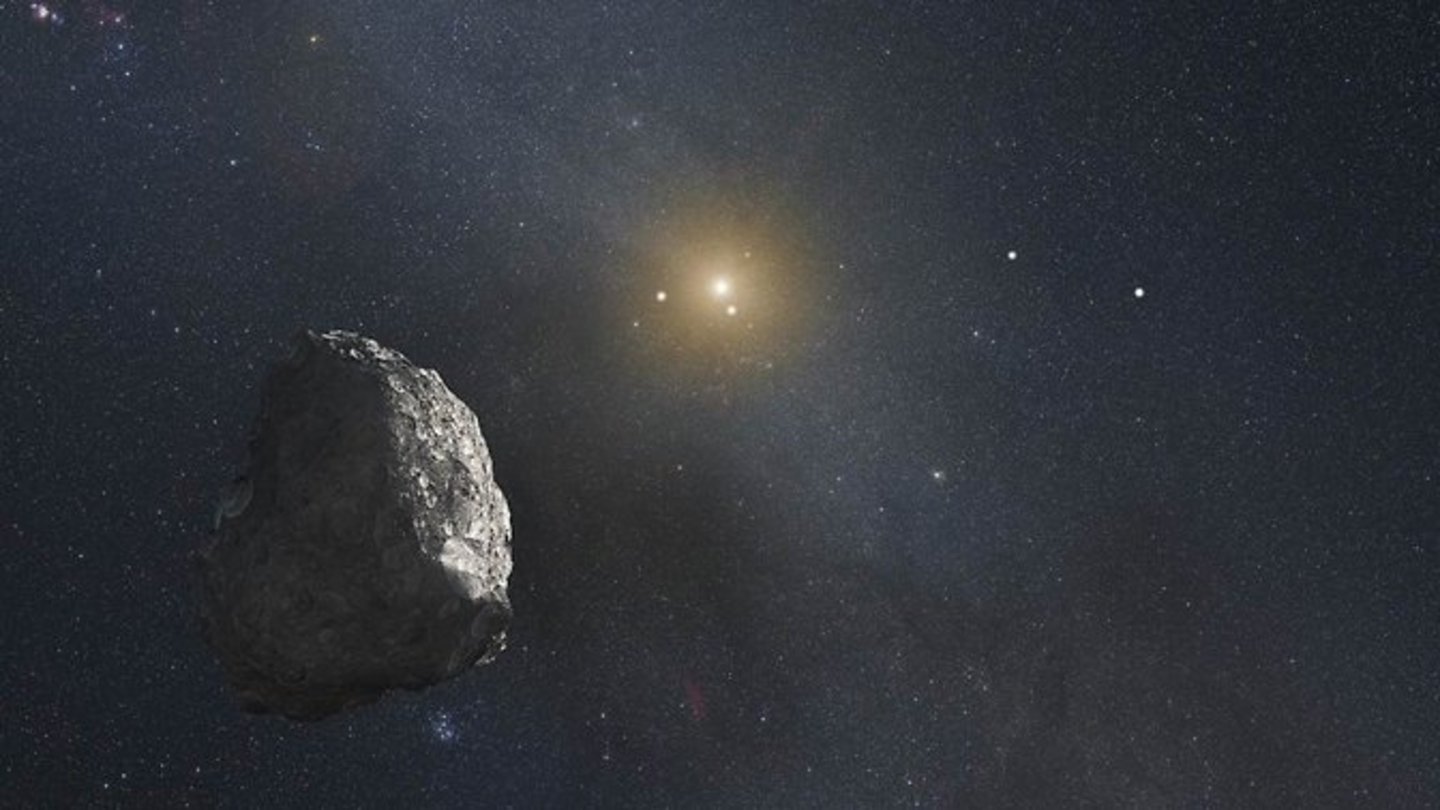All objects in our solar system emerged from the so-called protoplanetary disk that once surrounded the sun. However, exactly what the solar system looked like at that time is a mystery that has yet to be solved. That is why researchers are looking for traces from this time. A research team has now succeeded in discovering such effects in a meteorite on Earth. As they reported in the specialized journal Science Advances, they found, among other things, cometary material from the edge of the solar system in the rock.
It is difficult, if not impossible, to find remains dating back to the time when the solar system was formed on Earth. Volcanic activity was, and still is, very strong, which led to the Earth's surface being constantly renewed. It is similar to other planets in the solar system. But these remnants still exist, for example in comets. Perhaps the most authentic material in the solar system was found in the cold outer regions of the protoplanetary disk, the region where comets formed. This is why most comets contain a certain amount of ancient molecular dust, and are therefore particularly interesting to look for traces from when our solar system was formed.
Elisheva van Kooten of the University of Copenhagen and her team have now examined the NWAF 14250 meteorite, which was found on Earth in 2018. The solid material is what is called a carbonaceous chondrite. During their analyses, the researchers also found that the meteorite may contain cometary material from the outskirts of the solar system and thus traces of the protoplanetary disk. Researchers suspect that the discovery of the material was the result of a collision between a comet and an asteroid.
Trapped rock analysis
To learn more about the meteorite, Van Kooten and her team first identified the enclosed rocks, then used mass spectrometry to identify the molecules they contained. The composition of the trapped rocks is similar to that previously found in meteorites on Neptune and the asteroid Ryugu. Although Ryugu is now considered a near-Earth asteroid, it originally comes from the outer solar system. This similarity suggests that primordial molecular dust was fairly evenly distributed in the outer solar system, Van Kooten said.
In addition, Van Kooten and her team compared the molecular composition of rock samples from different regions of the solar system with model predictions. Their results are consistent with the so-called triple solar system, where there are three groups of chemical compositions in asteroids and meteorites that depend on the place and time of their formation. The results also support the hypothesis that the formation of the solar system was caused by one or more supernovae. According to this, the shock wave of the supernova promoted the collapse of the dust cloud, from which the Sun and its protoplanetary disk were formed. Later, streams of matter from outside repeatedly hit the protoplanetary disk. Analysis of rock inclusions from the outer solar system provides astronomers with information about how the solar system formed and how it evolved.

“Subtly charming coffee scholar. General zombie junkie. Introvert. Alcohol nerd. Travel lover. Twitter specialist. Freelance student.”







More Stories
New Start Menu now with Android integration
Beyond Good & Evil 2 is still in the works
All 25 Venerable Soul Ashes are located on the Shadow of the Earth Tree map